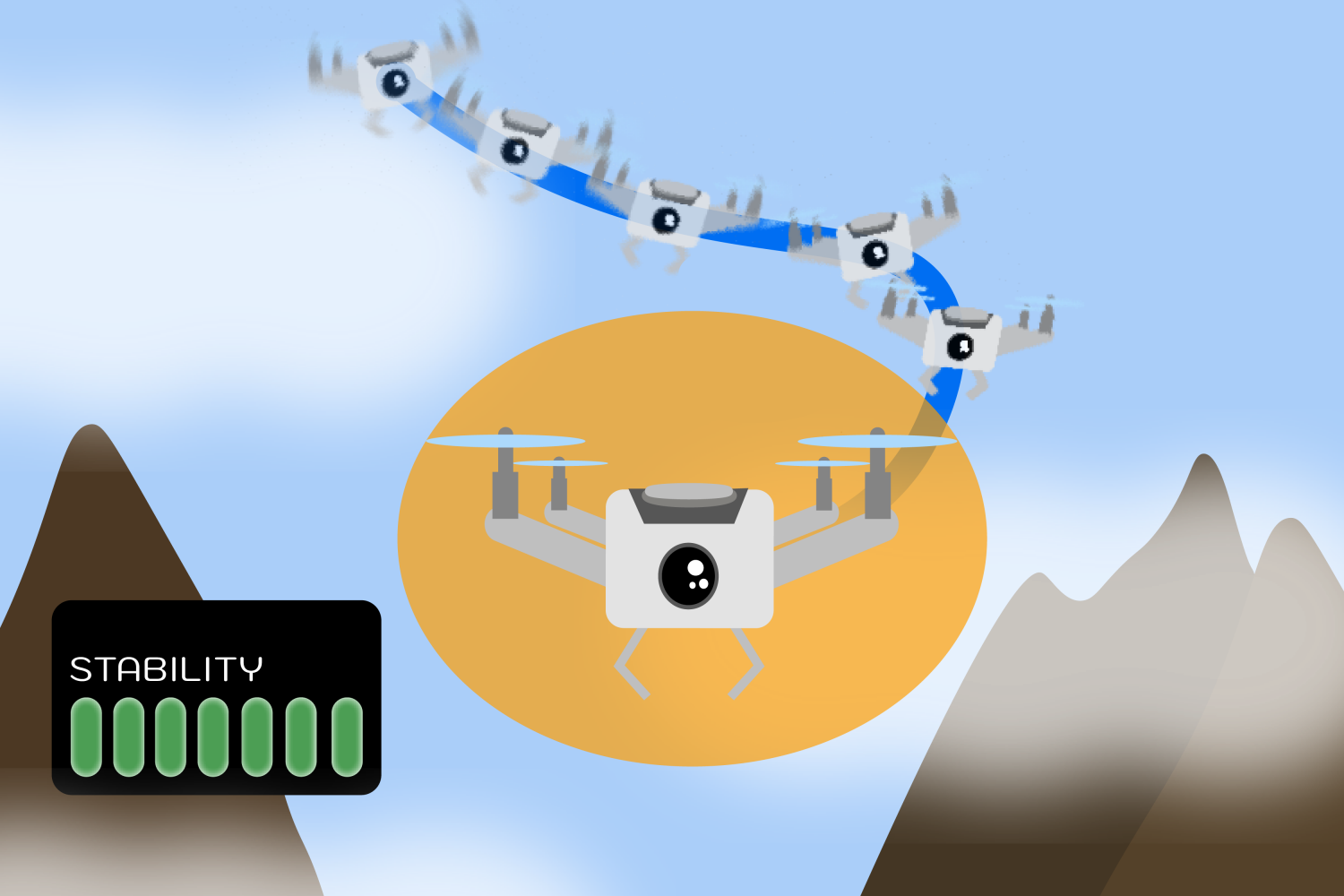Wybot’s self-emptying, solar-charging, pool-mapping robot debuts at CES
Evan Ackerman is IEEE Spectrum’s robotics editor.

Wybot’s S3 uses ultrasonic sensors to map swimming pools.
Back in the day, the defining characteristic of home-cleaning robots was that they’d randomly bounce around your floor as part of their cleaning process, because the technology required to localize and map an area hadn’t yet trickled down to the consumer space. That all changed in 2010, when home robots started using lidar (and other things) to track their location and optimize how they cleaned.
Consumer pool-cleaning robots are lagging about 15 years behind indoor robotson this, for a couple of reasons. First, most pool robots—different from automatic pool cleaners, which are purely mechanical systems that are driven by water pressure—have been tethered to an outlet for power, meaning that maximizing efficiency is less of a concern. And second, 3D underwater localization is a much different (and arguably more difficult) problem to solve than 2D indoor localization was. But pool robots are catching up, and at CES this week, Wybot introduced an untethered robot that uses ultrasound to generate a 3D map for fast, efficient pool cleaning. And it’s solar powered and self-emptying, too.
Underwater localization and navigation is not an easy problem for any robot. Private pools are certainly privileged to be operating environments with a reasonable amount of structure and predictability, at least if everything is working the way it should. But the lighting is always going to be a challenge, between bright sunlight, deep shadow, wave reflections, and occasionally murky water if the pool chemicals aren’t balanced very well. That makes relying on any light-based localization system iffy at best, and so Wybot has gone old-school, with ultrasound.
Wybot Brings Ultrasound Back to Bots
Ultrasound used to be a very common way for mobile robots to navigate. You may (or may not) remember venerable robots like the Pioneer 3, with those big ultrasonic sensors across its front. As cameras and lidar got cheap and reliable, the messiness of ultrasonic sensors fell out of favor, but sound is still ideal for underwater applications where anything that relies on light may struggle.
The Wybot S3 uses 12 ultrasonic sensors, plus motor encoders and an inertial measurement unit to map residential pools in three dimensions. “We had to choose the ultrasonic sensors very carefully,” explains Felix (Huo) Feng, the chief technology officer of Wybot. “Actually, we use multiple different sensors, and we compute time of flight [of the sonar pulses] to calculate distance.” The positional accuracy of the resulting map is about 10 centimeters, which is totally fine for the robot to get its job done, although Feng says that they’re actively working to improve the map’s resolution. For path-planning purposes, the 3D map gets deconstructed into a series of 2D maps, since the robot needs to clean the bottom of the pool, stairs, and ledges, and also the sides of the pool.
Efficiency is particularly important for the S3 because its charging dock has enough solar panels on the top of it to provide about 90 minutes of run time for the robot over the course of an optimally sunny day. If your pool isn’t too big, that means the robot can clean it daily without requiring a power connection to the dock. The dock also sucks debris out of the collection bin on the robot itself, and Wybot suggests that the S3 can go for up to a month of cleaning without the dock overflowing.
The S3 has a camera on the front, which is used primarily to identify and prioritize dirtier areas (through AI, of course) that need focused cleaning. At some point in the future, Wybot may be able to use vision for navigation too, but my guess is that for reliable 24/7 navigation, ultrasound will still be necessary.
One other interesting little tidbit is the communication system. The dock can talk to your Wi-Fi, of course, and then talk to the robot while it’s charging. Once the robot goes off for a swim, however, traditional wireless signals won’t work, but the dock has its own sonar that can talk to the robot at several bytes per second. This isn’t going to get you streaming video from the robot’s camera, but it’s enough to let you steer the robot if you want, or ask it to come back to the dock, get battery status updates, and similar sorts of things.
The Wybot S3 will go on sale in Q2 of this year for a staggering US $2,999, but that’s how it always works: The first time a new technology shows up in the consumer space, it’s inevitably at a premium. Give it time, though, and my guess is that the ability to navigate and self-empty will become standard features in pool robots. But as far as I know, Wybot got there first.
- Toyota Research Demonstrates Ceiling-Mounted Home Robot ›
- Matician Brings a Service Model to Home-Cleaning Robots ›
- SwitchBot S10 Review: “This Is the Future of Home Robots” ›
How useful was this post?
Click on a star to rate it!
Average rating 5 / 5. Vote count: 1
No votes so far! Be the first to rate this post.
We are sorry that this post was not useful for you!
Let us improve this post!
Tell us how we can improve this post?




